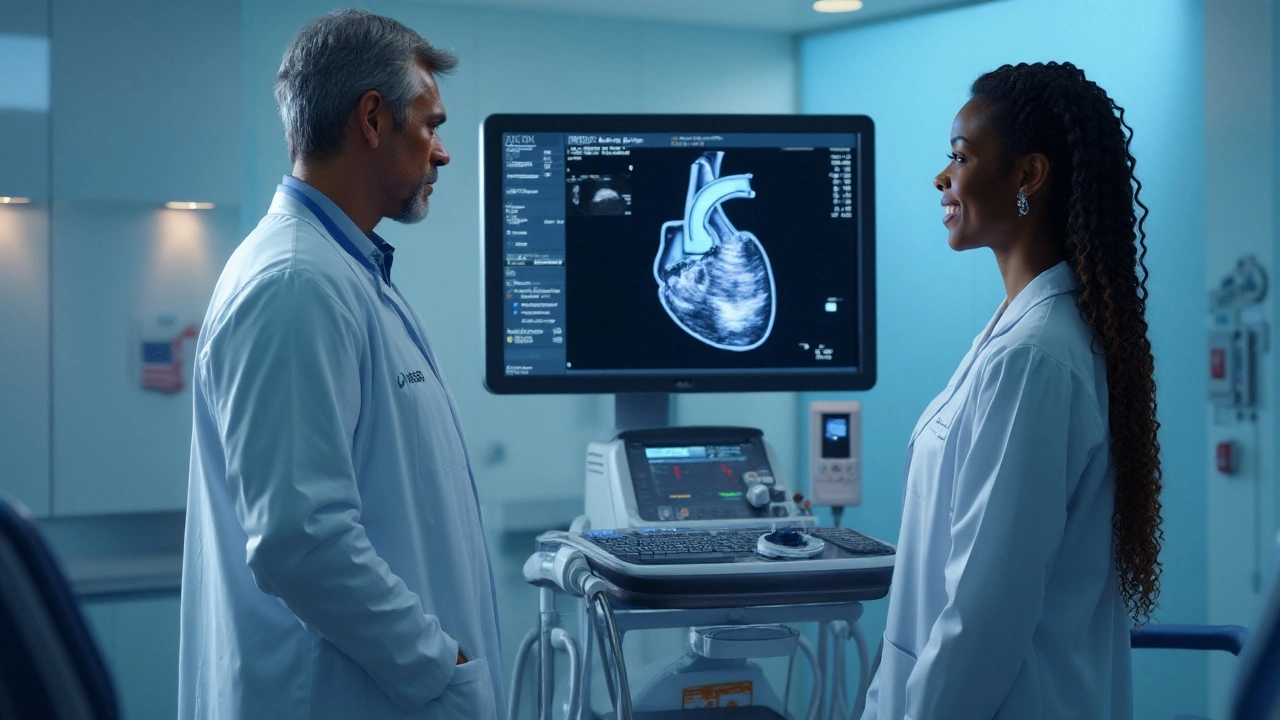Cardiac Imaging: What It Is, How It Works, and What It Reveals
When your doctor suspects something’s off with your heart, they don’t just guess—they look. Cardiac imaging, a set of non-invasive techniques used to visualize the structure and function of the heart. Also known as heart imaging, it lets doctors see blood flow, valve motion, muscle thickness, and blockages without cutting you open. This isn’t science fiction—it’s routine care for millions of people every year.
Cardiac imaging includes several key tools, each with its own strengths. Echocardiogram, an ultrasound of the heart that shows real-time movement of chambers and valves is often the first test. It’s safe, quick, and doesn’t use radiation. If your doctor needs more detail, they might order a cardiac CT, a scan that creates detailed 3D images of coronary arteries to spot plaque buildup. For soft tissue analysis—like scar tissue after a heart attack—they turn to cardiac MRI, a high-resolution imaging method that maps heart muscle health with unmatched clarity. These aren’t interchangeable; each answers a different question.
Who benefits most? People with chest pain, shortness of breath, irregular heartbeats, or a family history of heart disease. But it’s not just for the sick. Cardiac imaging can catch early signs of problems in people who feel fine—like thickened heart walls from high blood pressure or leaking valves that haven’t caused symptoms yet. It’s how doctors decide if you need meds, a stent, or just lifestyle changes.
You’ll find posts here that dig into how these tests compare, what they actually show, and how results influence treatment. Some break down the difference between an echocardiogram and a cardiac MRI. Others explain how cardiac CT findings change your risk plan. There are guides on what to expect during the scan, how to prepare, and what abnormal results really mean. You won’t find fluff—just clear, practical info from real cases.
Learn how echocardiography identifies left ventricular dysfunction, the key measurements involved, and when to complement it with other cardiac tests.
Sep, 25 2025

